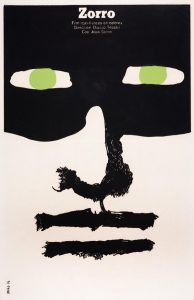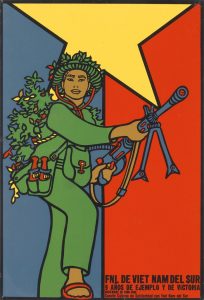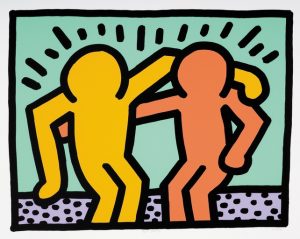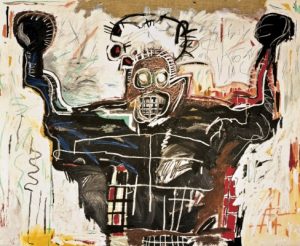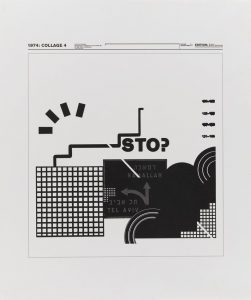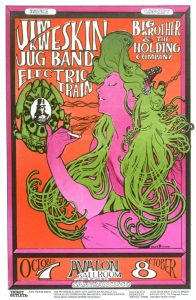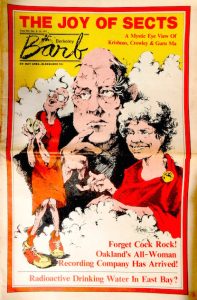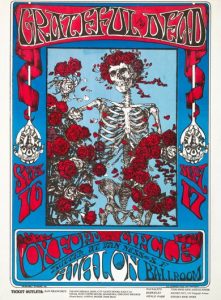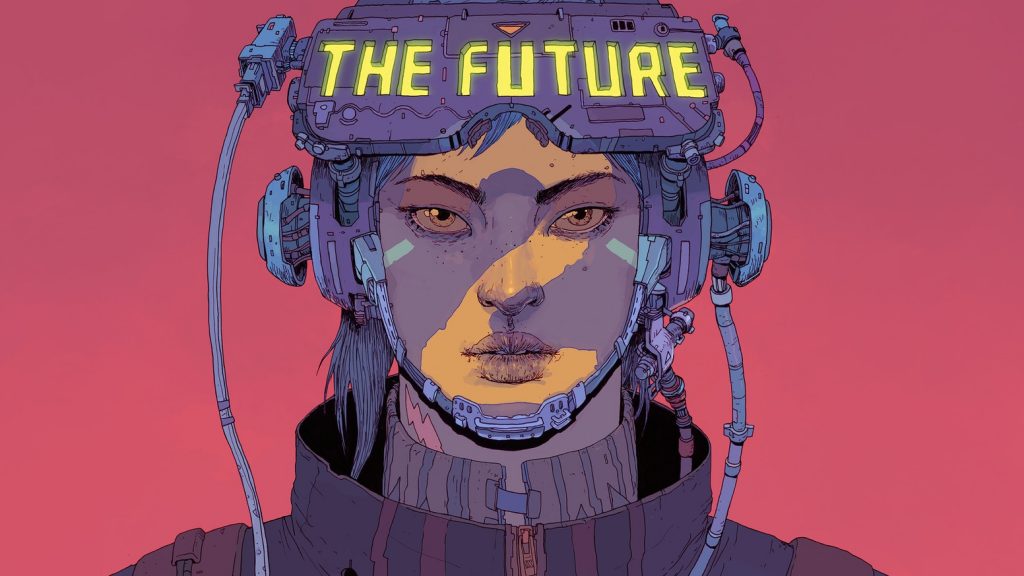Adbusters (2015) Field Guide to Virtual Warfare. Available at: https://adbusters-culture-shop.myshopify.com/products/ab118 (Accessed: 3 December 2017).
Bachs, E. (1976) Zorro. Available at: http://50watts.com/Out-of-the-Bachs (Accessed: 3 December 2017).
Bayer, H. (1925) Universal Bayer [Poster]. Available at: http://www.theartstory.org/movement-bauhaus-artworks.htm#pnt_3
Basquiat, J. (1982) Untitled (The Boxer) [acrylic and oil paintstick on linen]. Available at: http://www.christies.com/lotfinder/Lot/jean-michel-basquiat-1960-1988-untitled-boxer-5147473-details.aspx (Accessed: 26 November 2017).
(1977) Berkeley Barb: The Joy of Sects. Berkeley, CA: Mac Scherr, pp. cover, illus.
Christies (2015) Jean-Michael Basquiat. Available at: http://www.christies.com/lotfinder/Lot/jean-michel-basquiat-1960-1988-untitled-boxer-5147473-details.aspx (Accessed: 1 December 2017).
Gonzales, J (2017) The Future is Now Vol 2. Available at: https://ixcitadel.com/collections/all/products/the-future-is-now-neon-rising-vol-2-second-edition-pre-order (Accessed: 26 October 2017)
Haring, K. (1990) Best Buddies [Serigraph]. Available at: https://paddle8.com/work/keith-haring/98852-best-buddies (Accessed: 26 Nov 2017).
Kelley, A. (1966) Avalon Ballroom [Print]. Available at: www.classicposters.com (Accessed: 26 November 2017).
Mederos, R. (1969) FNL de Viet Nam del Sur [Poster]. Available at: http://www.slate.com/blogs/the_vault/2015/05/01/history_of_cuba_and_vietnam_posters_by_rene_mederos.html
Netflix (2017) Abstract: The Art of Design Paula Scher: Graphic Design Available at: https://www.netflix.com/watch/80093802 (Accessed: 15 November 2017.)
Onion, R. (2015) ‘Bright 1970 Cuban Propaganda Posters Urging Solidarity With Vietnam’, Slate, 1 May. Available at: http://www.slate.com/blogs/the_vault/2015/05/01/history_of_cuba_and_vietnam_posters_by_rene_mederos.html (Accessed: 4 December 2017).
Oxford Dictionaries (no date) Authenticity Available at: http://www.dictionary.com/browse/authenticity
Rodchenko, A., Stapanova, V. and Gan, A. (1922) Who We Are: Manifesto of the Constructivist Group.
Stefan Nadelman (2003) Terminal Bar. Available at http://www.touristpictures.com/SHORT-FILMS.html (Accessed October 11 2017.)
Smits, T (2015) Little White Lies Magazine issue 62 – CAROL. Available at: http://timbasmits.com/#/littlewhiteliescarol (2015) (Accessed: 23 October 2017).
Wilson, W. (1966) Jim Kweskin Jug Band, Electric Train, Big Brother & the Holding Company [Lithograph printer]. Available at: http://www.artnet.com/artists/wes-wilson/jim-kweskin-jug-band-electric-train-big-brother-VPoxNcRhKAH0uR6QgWTSlg2 (Accessed: 26 November 2017).
Wolfgang, W. (1975) Collage 4, from the series Nine Collages: The New Graphics by Weingart [relief print]. Available at: https://www.sfmoma.org/artwork/2014.749 (Accessed: 26 November 2017).

